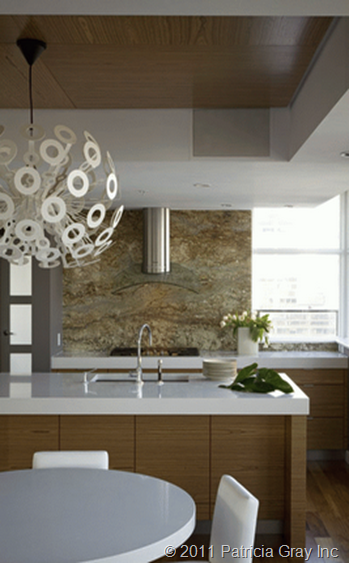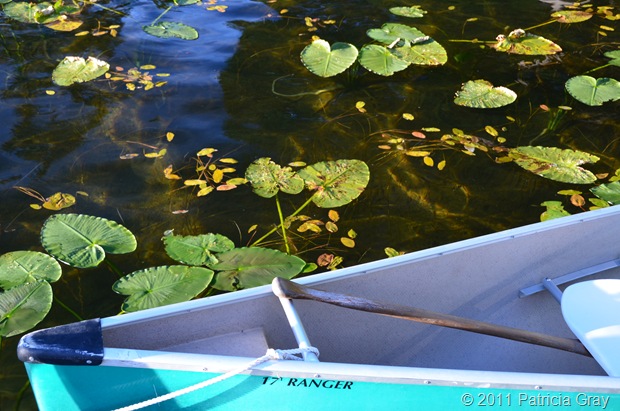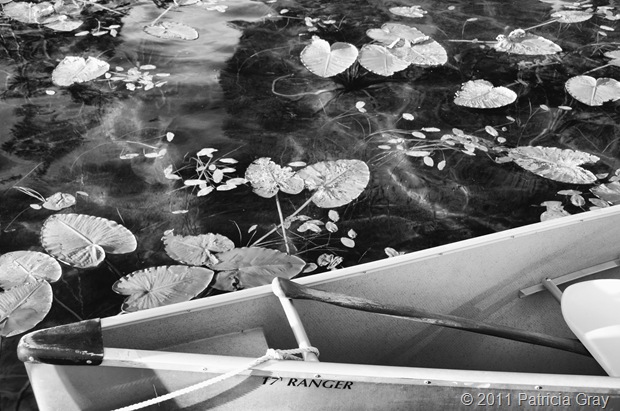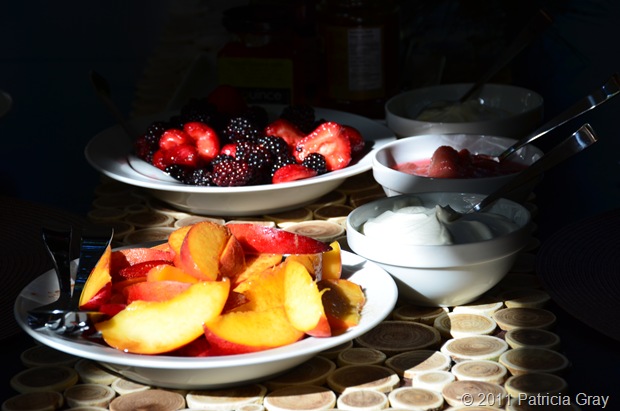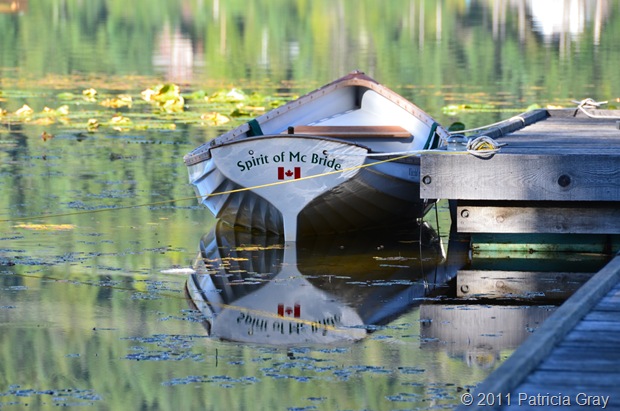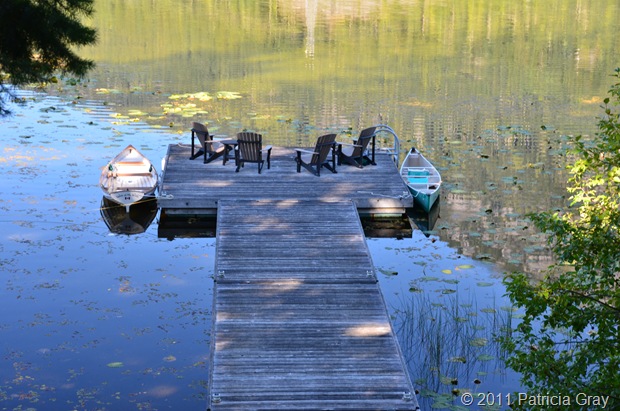Thank-you Williams-Sonoma for picking this blog!
5 Interior Design Blogs We Couldn’t Live Without
By Jay Johnson
It’s easy to smell a phony when reading a blog; the words don’t ring true, they sound contrived, and the advice isn’t from the heart. But a great interior designer’s blog can be inspirational and helpful – and even funny. As bloggers, Irwin and I appreciate the extra work it takes to step outside of your everyday design projects and communicate to people you might never meet about what you love, what you hate, what resources you’ve just used on a job, and what elements of taste and style make you see the world in your own unique way. Here are some of our favorite interior designer blogs.
Patricia Gray This cleanly designed and beautifully photographed blog is the creation of a generous designer. Vancouver based Patricia Gray shares her keen eye for style, takes us on trips around the world (and points out her “favourites”), and points out the resources and materials that she enjoys using on a job. The latter is particularly useful for interior designers. It’s great to see a master designer work, look at resources as they appear in finished spaces, and get an analysis of why and how they function beautifully. You also get the bonus of a well-trained feng shui student, layered on top of the interior designer, and you can better understand why Patricia’s interiors exude calm, serenity, and strong flow.
Read full article
PATRICIA GRAY INC is an award winning interior design firm in Vancouver writing about lifestyle and
WHAT'S HOT in the world of interior design, architecture, art and travel.
2011 © Patricia Gray | Interior Design Blog™
